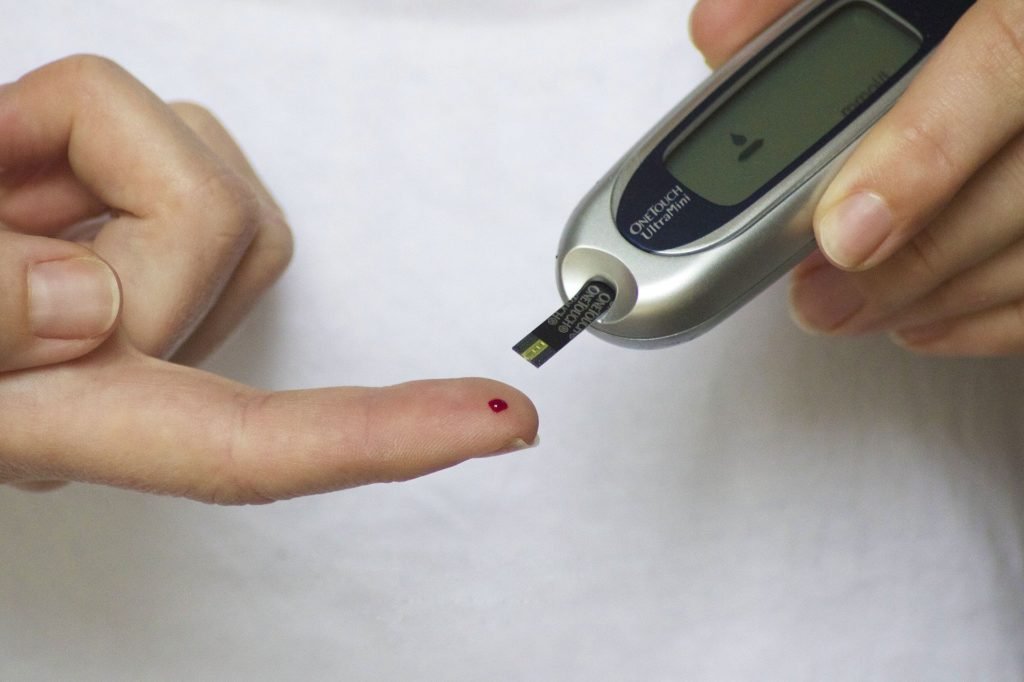Chronic pain usually is debilitating and can affect your quality of life. Activities you once enjoyed may become a chore, and the pain makes you susceptible to mental disorders such as depression and anxiety. The good news is that Lenox Medical Clinic offers advanced treatment for severe pain that will not improve with over-the-counter medications and other home remedies such as hot and cold compresses. Below are pain management procedures your physician can recommend.
Epidural steroid injections
Epidural injections are a common treatment for chronic lower back pain, and specialists also use it as nonsurgical management for sciatica. It involves injecting steroid injections or sometimes combines with local anesthesia into the epidural space in your spine. The medication reduces inflammation around nerve roots and improves the mobility and function of your lower body.
Physicians usually recommend epidural injections when medications and physical therapy fail to alleviate the pain. Although it may relieve you of the pain, the effects are temporary and last for a week to a year. For steroid injections, your doctor uses fluoroscopy as a guide to direct the needles in the correct position. During the procedure, you need to remain steady to avoid the medications from spilling on nerves, resulting in inflammation.
While epidural injections are relatively safe and minimally invasive, they result in side effects such as nausea, post-injection pain, dizziness, and headache. Fortunately, they usually resolve in several minutes or hours. Hardly do epidural injections result in serious complications such as dural puncture and spinal cord damage.
Radiofrequency ablation
Radiofrequency ablation is a minimally invasive procedure that uses heat to stop nerve fibers from sending pain signals to the brain. Specialists use this treatment for patients with chronic pain, especially in the lower back and neck region, resulting from arthritis. For this procedure, your doctor numbs an area of your skin with a local anesthetic and inserts a thin needle in the painful area.
Usually, doctors use x-ray imaging to guide the needle in the right place. The doctor inserts a microelectrode through the needle and sends a small electric current to heat the nerves. Immediately the anesthesia wears out; you may experience pain at the injection site. That area may also slightly swell, and there may be bruising at the incision site. Most patients resume usual activity on the same day, but doctors advise against rigorous activities.
Spinal stimulation
Your surgeon implants a device in the epidural space; patients usually require two surgeries. The device has a remote control that patients can use to send electrical pulses whenever they feel pain. The first surgical procedure tests whether you are responsive to treatment and the second is to implant the device permanently.
Spinal cord stimulation may benefit patients with chronic pain, including post-surgical pain, complex regional pain syndrome, pain after amputation, and nerve-related pain, including diabetic neuropathy. Like most surgeries, it is linked with risks such as bleeding and infection. Other complications that may result from this treatment are device damage and migration.
Do not let chronic pain turn your world upside down. Reserve a session with your specialist at Lenox Medical Clinic to understand how you can benefit from the available pain management procedures.


